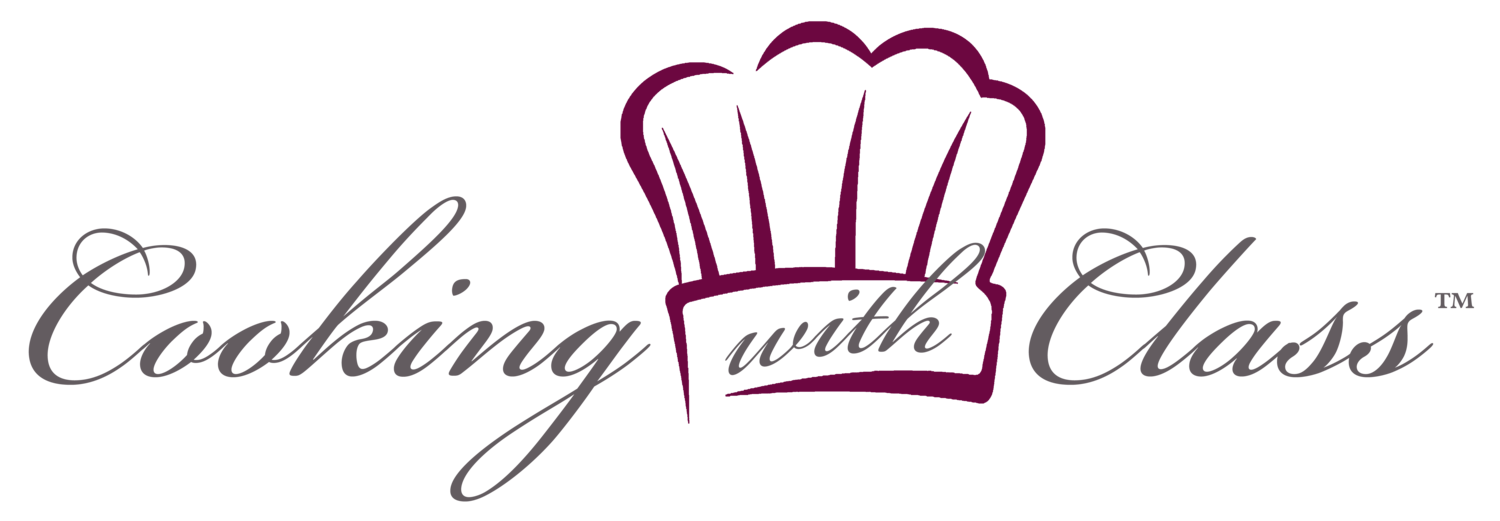When I read a recipe in a magazine that includes ingredients I’m not familiar with, I am hesitant to make it. I am not sure I want to invest in an ingredient I might never use again. But since I am not a magazine and I hope you have more faith in me than any magazine, I am passing this terrific recipe on to you. It comes from Food & Wine and includes 2 ingredients you probably don’t have on hand, gochujang and gochugaru. I didn’t even use the gochugaru, or its substitutes, red pepper flakes or red chili sauce, because I found the recipe just spicy enough with just the gochujang.
Gochujang
Gochujang, a fundamental ingredient in Korean cooking, is a thick and spicy-sweet crimson paste made from red chile pepper flakes, glutinous rice (also known as sticky rice), fermented soybeans, and salt. It is important to use the real gochujang paste that is a miso-thick and glossy-shiny paste sold in tubs in Asian markets and also on Amazon. It is commonly sold in a red tub or with a red lid and labeled red pepper paste fermented. Refer to the photo below.
Soba Noodles
Soba is a variety of Japanese noodles made from buckwheat flour whose origins date back to the Middle Ages. Soba is actually the Japanese word for buckwheat. The noodles have a nutty flavor and toothsome dense texture, ideal for salads, soups and stir-fries. Unfortunately, I found them difficult to find. My local supermarket, Safeway, didn’t carry them. I had to go to a boutique market to purchase them, But they are always available on-line when you are ordering your gochujang.
I don’t have a spiralizer so I purchased broccoli slaw from my local market. It worked out fine. I think any shredded or spiralized veggies will work. Think of this recipe as a blue print for any veggies you have on hand. I think it’s the guchulang paste in the dressing that makes it.,
This is such a wonderful summer salad because once you make it, it can stay in your fridge for days. I doubled the recipe because I was bringing some to a friend and wanted to make sure I had enough for Karl and me to enjoy. Doubling the recipe made enough for 10 to 12 people, so I’ve changed the original recipe that says it serves 4 to serve 6.
Stay tuned for more recipes with gochujang. I will soon be printing a recipe for a flavorful chicken.
Gochujang or fermented red pepper paste
Chinese chili paste is a good substitute for gochugaru. After I took this picture, I found I didn’t need it. Three tablespoons of gochujang made the sauce perfectly spicy for my taste.
8 ounces uncooked soba noodles
3 tablespoons gochujang
3 tablespoons rice vinegar
2 tablespoons gochugaru or 1/4 teaspoon red chili paste or red pepper flakes, if desired
2 tablespoons light brown sugar
|2 tablespoons toasted sesame oil
1/2 teaspoon kosher salt
1 large garlic clove, grated (about 1/2 teaspoon)
3 cups zucchini spirals (about 10 ounces) (from 2 small [6-ounce] zucchini)
2 cups thinly sliced red cabbage (from 1 small 2-pound] head cabbage)
½ cup matchstick-cut carrots
1 small yellow bell pepper (about 7 ounces), cut into thin strips
1. Bring a large pot of water to a boil over high. Add noodles, and cook according to package directions, being careful not to overcook. Drain and rinse with cold water until noodles are cool. Drain well.
2. Whisk together gochujang, vinegar, gochugaru, if using, brown sugar, sesame oil, salt, and garlic in a large bowl. Add noodles, zucchini, cabbage, carrots, and bell pepper; toss well to coat. Serve chilled or at room temperature.
To prepare ahead: Salad can be prepared up to 4 days in advance and stored in an airtight container in refrigerator.
Serve 6.
Recipe from Food and Wine




